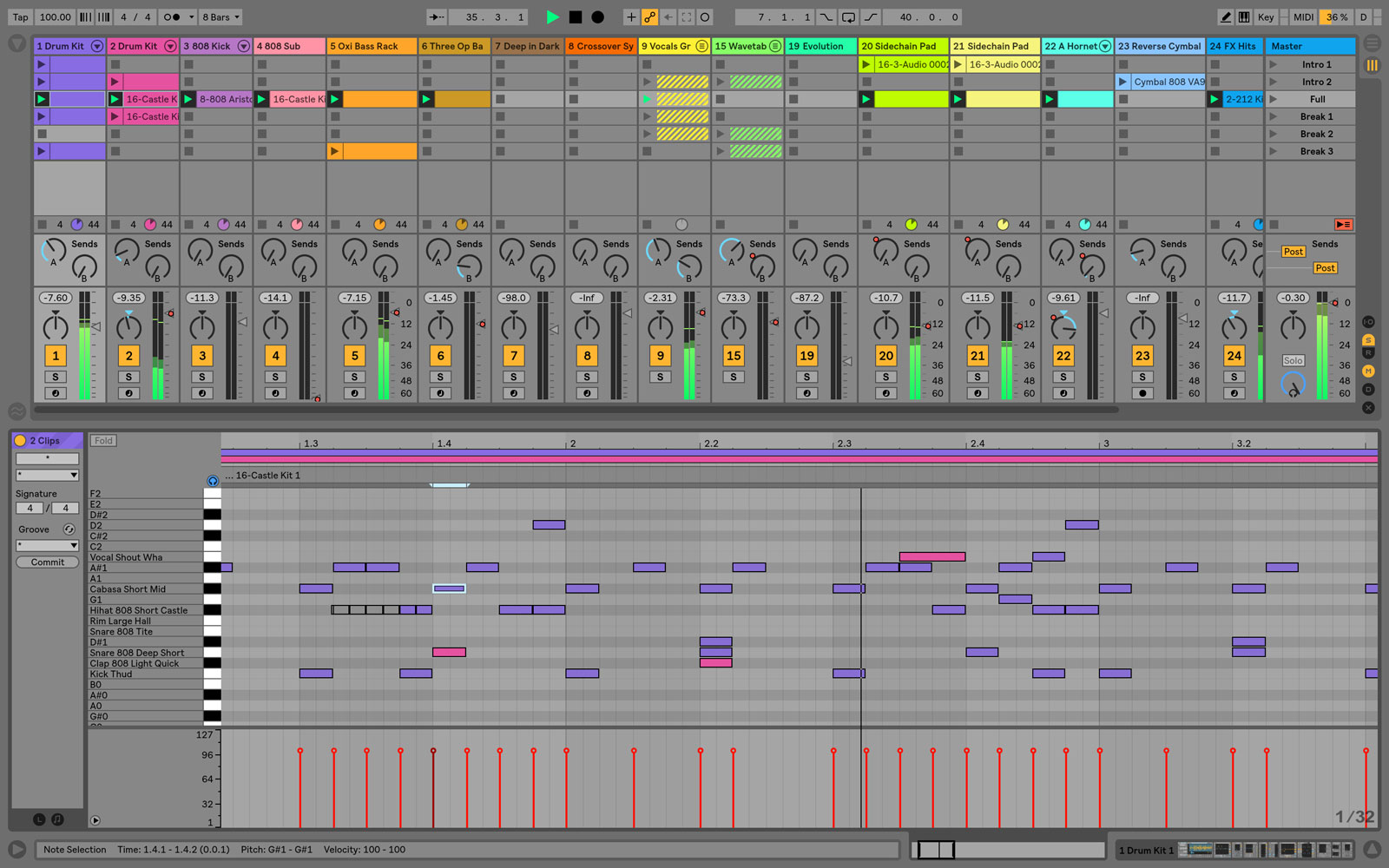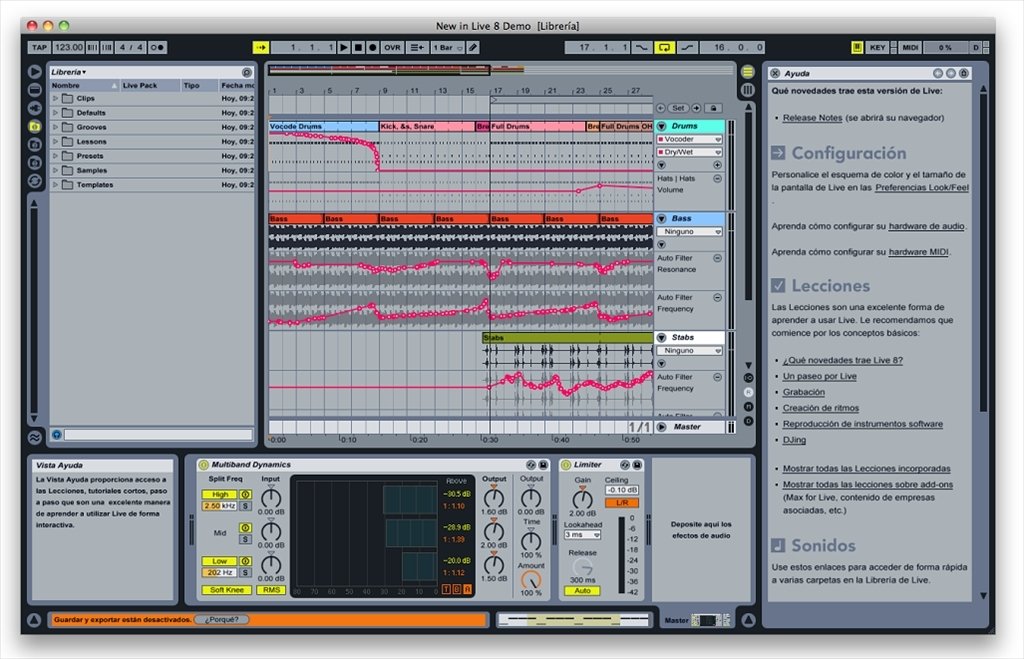
#Ableton live 11 windows how to
How to avoid common plug-in issues How to install VST plug-ins on Windowsġ.

They can be installed in either of two formats: VST3, or VST2 (also called VST2.4, or simply VST.) To use plug-ins with Live, follow this guide covering: Ableton has brought a lot to the world of music creation and performance, but Link feels like it could potentially be the most useful and important of all.VST plug-ins are instruments and audio effects offered by third-party developers that can be installed on your computer and used to expand creative possibilities in Live. Link is a fantastically straightforward sync tool, and it’s free, and it’s not dependent on any particular product.

Though ReWire is powerful, Link gets you started fast. ReWire can also introduce issues in terms of assigning hardware MIDI controllers to the desired parameters. Of course there’s a huge trade-off there in terms of complexity, demands on computer resources, and frankly, your brain, as you try to keep track of what’s going across not one but two complex pieces of software.
#Ableton live 11 windows pro
It’s a great way to treat a pair of applications such as Logic Pro X and Live, or Live and Reason, as if they’re one enormous DAW, and lets you exploit the best of each.

Something like ReWire will give you sync, as well as audio and MIDI routing between two applications running on the same computer. Link is not for every occasion it’s focused on doing just one very important job. This is great for adding an organic quality to your synth sounds. Everything in Live can be locked to project tempo, to a robotic degree if required, but if we take LFOs for example, each one has the option to sync with note values, or to manually set the LFO cycle to Hertz, which will behave in a more old-school way, and drift over time, if you set it by ear. While we’re talking about sync, let’s just remember that one of the cool things about Live is that sync within projects is flexible. Ableton has kept Link open, so it doesn’t even need Live to work. If all you’ve got is phones and tablets, no problem. Even if you have to beef up the audio a bit, you can use a battery-powered mixer and some battery/rechargeable speakers, which will have the fringe benefit of making the jam easier to record as well. Link jams are very easy amongst friends, all you need is a quiet-ish space, a bit of table or floor, and you’re off (by the way Ableton hasn’t stated any limit on how many devices can play at once). The Force was the first hardware piece I’ve encountered with built-in WiFi and Link support it also has MIDI and CV/Gate, so it’s perfect for testing such setups. In the walkthrough, we refer to a very specific setup, consisting of Ableton Live 10, Akai Force and Arturia DrumBrute, but that’s purely because of what we had to hand at the time. Anybody can start, stop, join, leave, change tempo… and it just keeps rolling. With Link, however, it’s very democratic.

#Ableton live 11 windows software
One of Link’s strengths is that there’s no longer a sync master/slave relationship, which is always something to deal with if you’re using ReWire, where it’s impossible for the software to exit the setup without everything else falling over at the same time. It’s good to have the option to turn it on or off, though. Since Live 10 added the ‘Start Stop Sync’ option in Preferences, Link’s been adopted by even more musicians – that was one feature many of us requested – the ability to start and stop all our sync’d gear at once. As we point out in the walkthrough, it’s often better to rely on Ethernet for an important gig, but that’s usually down to the up and down nature of WiFi rather than any reservations about Link itself.


 0 kommentar(er)
0 kommentar(er)
